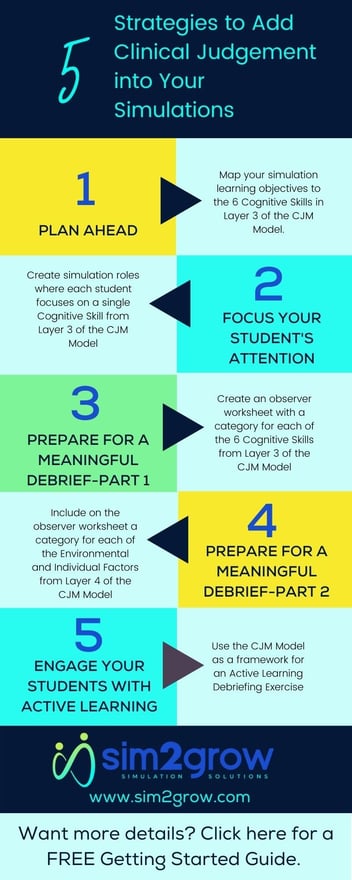If you work in nursing education or healthcare simulation, your inbox is probably full of “early-bird rates end soon!” reminders from conferences like NLN, OADN, INACSL, and IMSH. Deciding whether to book a flight or just click “Attend Virtually” isn’t about comfort alone; it’s a real cost-benefit calculation that affects budgets, professional growth, and, ultimately, the learners you serve. Let’s unpack both options.
The Price Tag You See
In-person registration. Early-bird member pricing for INACSL26 is around $728 (rising to $1,073 onsite). IMSH 2026 is in the same ballpark, with member rates starting at $750 and topping $1,000 for late registrants.
Virtual registration. IMSH’s “STAT!” package—recorded plenaries plus 20 IPCE hours—runs $275 for members and $475 for non-members. Many nursing-focused meetings now stream keynotes for free or a nominal fee, so the gap between “log-in” and “walk-in” fees can approach 3-to-1.
The Price Tag You Don’t See
A typical in-person trip usually means:
- Airfare: $400–$600 (domestic U.S.)
- Hotel: 4 nights × $250 ≈ $1,000
- Meals & coffee: $60/day ≈ $240
- Ground transport & incidentals: ≈ $100
Add an early-bird registration and you’re flirting with $2,500–$3,000. For programs sending multiple faculty, those dollars can equal a simulation manikin upgrade—or a year of software licensing.
Virtual attendance wipes out travel costs and time away from class or the sim lab. Sessions are on-demand, so you can binge-watch them between skills check-offs.
What Money Can’t Buy (But Travel Does)
- Hands-on tech demos. Nothing replaces a hands-on demo of a med admin simulator or pushing the buttons on a new IV pump or eye-tracking headset. You leave with a tactile sense of whether it will survive student use and work in your lab.
- Serendipitous networking. The hallway chat that spawns a multi-site research project rarely happens in a Zoom chat.
- Immersive learning. Workshops on moulage, debriefing, or cart ergonomics lose texture through a webcam.
What the Screen Does Better
- Rewindable learning. Missed a pharmacology-heavy talk? Pause, Google a term, replay.
- Broader team access. For the price of one plane ticket, you can register multiple technicians, adjuncts, or even keen students.
- Work-life balance. Virtual conferences reduce childcare hurdles and conserve PTO—critical when nursing programs juggle shrinking clinical placements.
Hybrid Hacks to Stretch Your Budget
- Split-squad strategy. Send one representative onsite to collect swag, attend workshops, and host impromptu dinners while everyone else registers virtually. Debrief as a team afterward.
- Alternate years. Attend live every other year and bank the savings for high-impact hands-on courses the next cycle.
- Leverage early-bird/virtual bundles. Some events offer discount virtual access for in-person attendees—great for catching concurrent sessions you physically missed.
Bottom Line
For many nursing educators, virtual attendance provides approximately 60-70% of the educational content at roughly 30% of the cash outlay. Yet the qualitative ROI—equipment trials, relationship building, and returning to campus freshly inspired—still strongly favors at least occasional in-person participation.
When budget season collides with conference season, run the numbers, weigh the intangible goals, and choose the format that aligns with your program’s immediate needs. Whether you’re rolling a carry-on down an airport concourse or rolling your desk chair toward the webcam, the ultimate beneficiary is the learner who enjoys a safer, more engaging simulation experience.
Sim2Grow loves meeting colleagues in both hotel ballrooms and browser windows. If you’ll be at an upcoming conference—live or virtual—drop us a line so we can say hello in whichever reality you choose! And if you’re interested in talking to us about using Sim2Grow in your simulation lab, book a call now!



